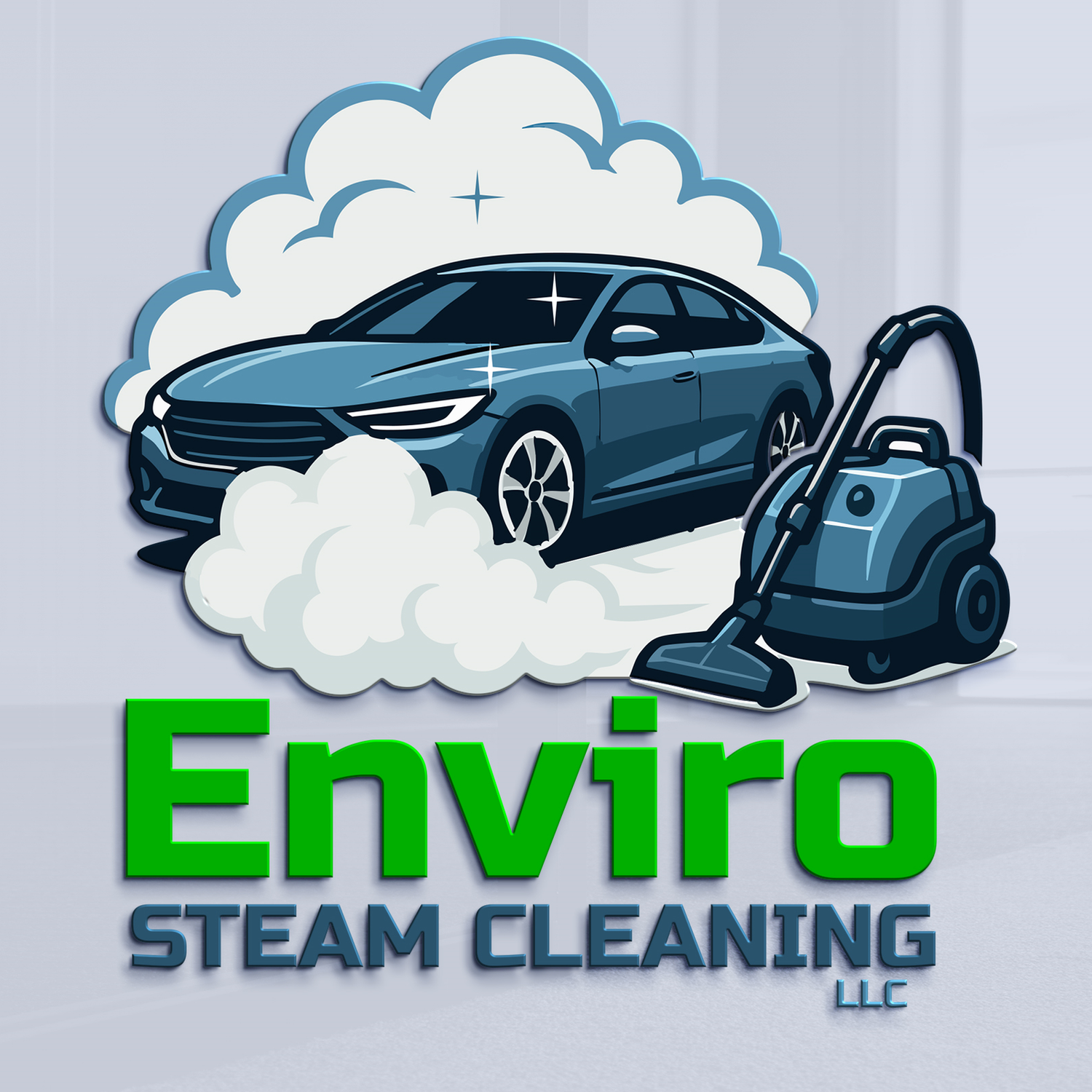The Hidden Dangers of Rust: It’s Not Just an Ugly Stain
Rust is more than just a common cosmetic flaw; it's a silent threat to your vehicle. The process of oxidation doesn't just damage your paint; its effects can compromise your car’s safety, reliability, and structural integrity if left unchecked.
Here's a breakdown of the serious impact rust has on your vehicle and the simple steps you can take to stop it.
The True Cost of Rust Damage
The effects of rust extend far beyond a bubbly paint job, directly impacting key areas of your car:
1. Compromised Safety and Structure
Rust literally weakens the foundation of your vehicle. When corrosion attacks components like the frame, chassis, and suspension, it can severely compromise the car’s structural integrity. This makes your vehicle more susceptible to damage in an accident and can lead to dangerous failures during normal driving.
2. Mechanical Failure and Costly Repairs
Rust doesn't stop at the body panels; it attacks mechanical systems as well:
Brakes and Steering: Rust can seize or corrode vital components in these systems, leading to potential failure and serious safety hazards.
Exhaust: Rust is the primary reason exhaust systems fail and require expensive replacement.
Ignoring rust in these critical areas can result in sudden, costly repairs and pose significant danger.
3. Tanked Resale Value
Rust damage is a major turn-off for potential buyers. Even minor visible rust gives the impression of neglect, significantly reducing the perceived value of your car. By addressing and preventing rust, you help preserve your car's value and make it a much more attractive investment when it's time to sell.
Your Proactive Rust Protection Plan
The best way to address rust damage is to prevent it from occurring in the first place. Rust starts when tiny metal particles, often from brake dust or industrial pollution, land on your paint and begin to oxidize.
Here is the three-step defense strategy:
Iron Decontamination Wash: Your local detailer can perform a specialized iron decontamination wash to chemically dissolve and remove the metal particles that spark the initial rust process on your paint.
Install Paint Protection: After cleaning the surface, the next crucial step is installing a protective barrier. Applying a durable wax, sealant, or ceramic coating provides a shield that prevents contaminants and moisture from reaching and bonding with your paint.
Regular Maintenance: Consistency is key. You should commit to regular washing and waxing (or re-applying your preferred paint protection), avoiding driving in harsh conditions (like deep snow or heavy salt) when possible, and addressing any chips or scratches immediately.
If you suspect your car already has rust damage, it's best to seek the help of a professional immediately. Early intervention can stop the spread and save you from major structural and mechanical repairs down the road.
Protect your investment and ensure a safe driving experience for years to come—keep your car rust-free!
